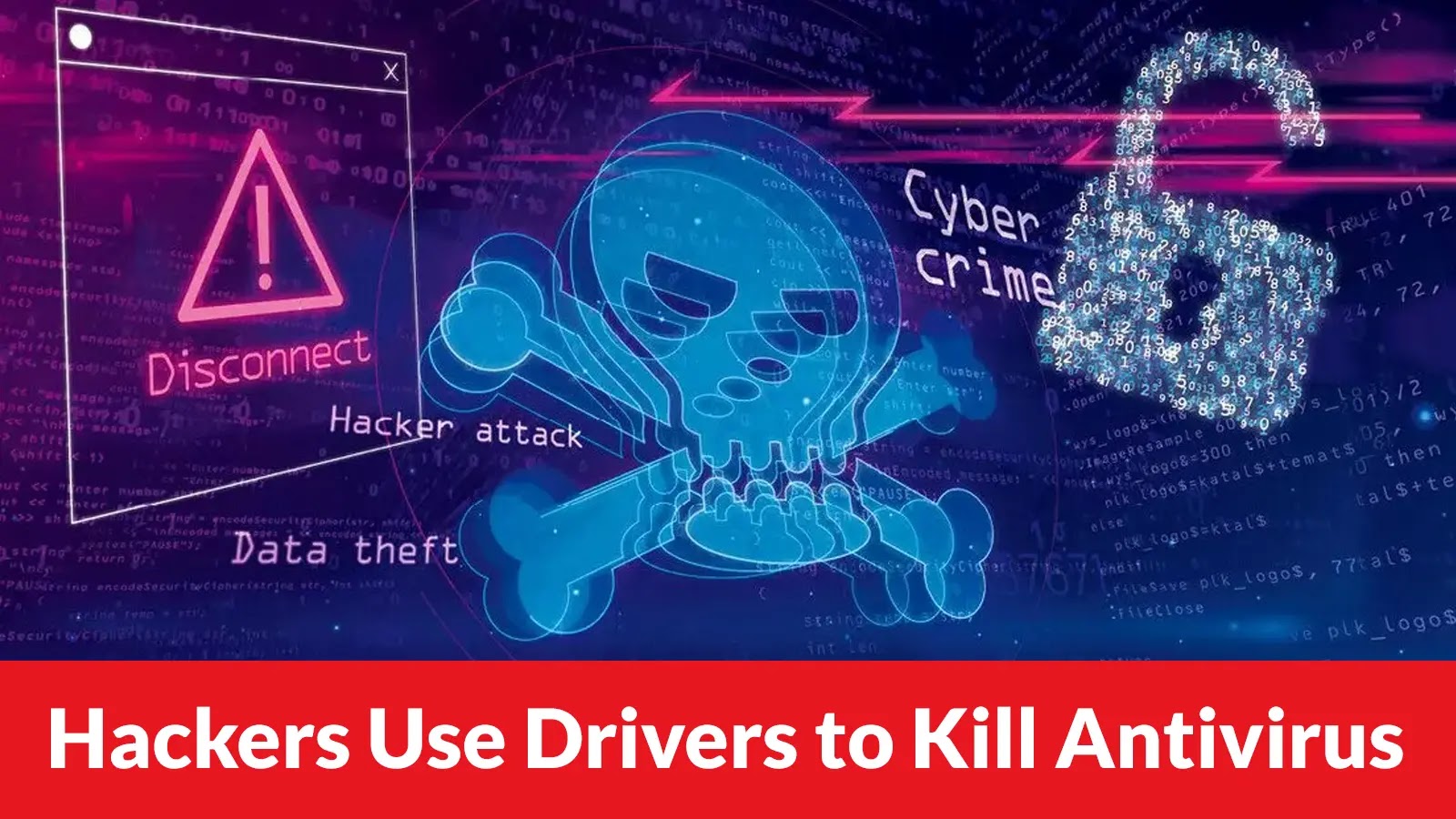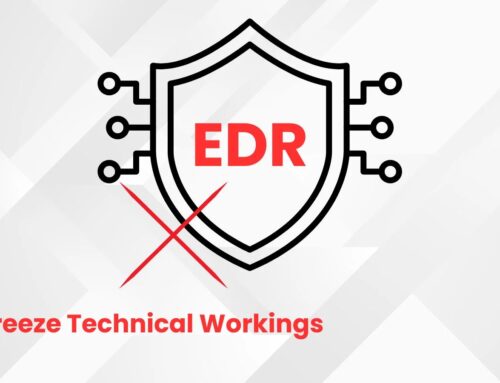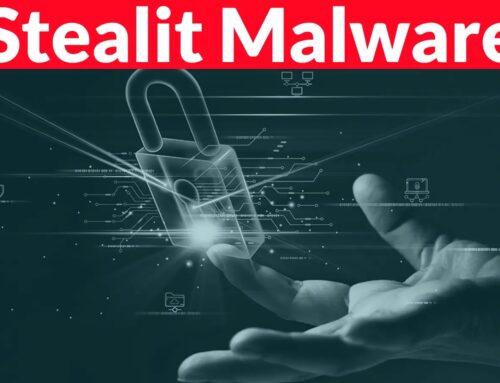
Hackers Use Legitimate Drivers to Kill Antivirus Processes and Lower The System’s Defenses
The digital defense landscape is under constant assault, and a new, highly sophisticated tactic has emerged, challenging traditional cybersecurity paradigms. Threat actors are now leveraging legitimate, signed drivers to disable antivirus software, thus gaining unfettered access to compromised systems. This evolution demands immediate attention and a re-evaluation of current security postures.
The Alarming Rise of Legitimate Driver Abuse
A disturbing trend, first observed in October 2024, reveals attackers weaponizing legitimate drivers to cripple endpoint security solutions. This is not a novel concept in isolation, but the scale and specific methods employed represent a significant escalation. Traditional malware often attempts to evade detection or disable security through various means; however, using signed, trusted drivers elevates their capabilities to a kernel-level stealth that is exceedingly difficult to detect.
ThrottleStop.sys: A New Weapon in the Attacker’s Arsenal
At the heart of this campaign is the abuse of ThrottleStop.sys, a legitimate driver developed by TechPowerUp for managing CPU throttling. This driver, typically used by enthusiasts and power users to optimize system performance, possesses inherent capabilities that, when maliciously exploited, provide kernel-level memory access. This critical access allows the malware to perform highly privileged operations, including the termination of antivirus processes with impunity.
The attackers exploit the driver’s legitimate functions to achieve their illicit goals. By loading ThrottleStop.sys onto the target system, they bypass many conventional security checks. Once loaded, the driver acts as a conduit, enabling the malware to execute commands that effectively neuter the system’s defenses. This technique is particularly insidious because it leverages trust – the driver is signed and reputable, making it less likely to trigger immediate alarms.
Initial Access and Campaign Mechanics
Initial access for these sophisticated attacks is most frequently gained through stolen Remote Desktop Protocol (RDP) credentials. This highlights the ongoing importance of strong authentication mechanisms and vigilant RDP security. Once inside the network, the attackers deploy their custom malware, which then uses the exploited driver to disable the installed security software.
The sequence of events typically unfolds as follows:
- Initial Compromise: Stolen RDP credentials facilitate network ingress.
- Payload Delivery: Malware is introduced, containing or leveraging the legitimate
ThrottleStop.sysdriver. - Driver Loading: The malware loads the
ThrottleStop.sysdriver, often under the guise of legitimate system activity. - Kernel-Level Access: Through the legitimate driver, the malware gains high-privilege access to system memory.
- Security Software Neutralization: Antivirus and Endpoint Detection and Response (EDR) processes are identified and terminated using kernel-level commands.
- Lateral Movement & Data Exfiltration: With defenses down, the attackers are free to move laterally, exfiltrate data, or deploy further malicious payloads.
Remediation Actions and Proactive Defenses
Countering this advanced threat requires a multi-faceted approach, focusing on prevention, detection, and rapid response. While no specific CVE has been assigned to the abuse of ThrottleStop.sys itself (as it’s a legitimate tool being misused), the underlying principles are akin to driver integrity vulnerabilities.
- Implement Strong RDP Security: Enforce multi-factor authentication (MFA) for all RDP access. Utilize strong, unique passwords. Limit RDP exposure to the internet through VPNs or IP whitelisting.
- Driver Signature Enforcement: Ensure that all systems have driver signature enforcement enabled. While this won’t prevent the misuse of legitimate signed drivers, it’s a foundational security control. Regularly review and audit legitimate drivers loaded on endpoints.
- Endpoint Detection and Response (EDR) Systems: Deploy advanced EDR solutions capable of behavioral analysis. Look for anomalous process terminations, unexpected driver loads (especially those with kernel access), and attempts to manipulate security software processes.
- Application Whitelisting: Implement application whitelisting to control which executables and drivers can run on your systems. This can significantly reduce the attack surface.
- Memory Integrity Protection: Enable Windows features like Memory Integrity (HVCI/VBS) where possible, which helps protect against certain types of kernel-mode attacks.
- Regular Security Audits & Penetration Testing: Conduct frequent security audits and penetration tests to identify weaknesses in your defenses, particularly those related to driver loading and RDP access.
- Principle of Least Privilege: Adhere strictly to the principle of least privilege for user accounts and system processes.
Key Tools for Detection and Mitigation
| Tool Name | Purpose | Link |
|---|---|---|
| Microsoft Defender for Endpoint | Advanced EDR and behavioral analysis | https://www.microsoft.com/en-us/security/business/threat-protection/microsoft-defender-for-endpoint |
| Sysinternals Process Monitor | Real-time file, Registry, and process/thread activity monitoring | https://learn.microsoft.com/en-us/sysinternals/downloads/procmon |
| Mandiant (Google Cloud Security) | Threat intelligence and incident response services | https://www.mandiant.com/ |
| Application Guard (Windows 10/11) | Hardware-isolated browsing and application execution | https://learn.microsoft.com/en-us/windows/security/application-security/application-isolation/microsoft-defender-application-guard/md-app-guard-overview |
Conclusion
The exploitation of legitimate drivers like ThrottleStop.sys represents a dangerous evolution in the threat landscape. It underscores the critical need for defense-in-depth strategies that extend beyond signature-based detection to encompass behavioral analysis, robust access controls, and comprehensive endpoint security. Organizations must remain vigilant, adapt their defenses, and prioritize proactive measures to safeguard against these increasingly sophisticated attacks. The integrity of legitimate system components is now a battleground, and staying ahead means understanding how these components can be turned against us.





